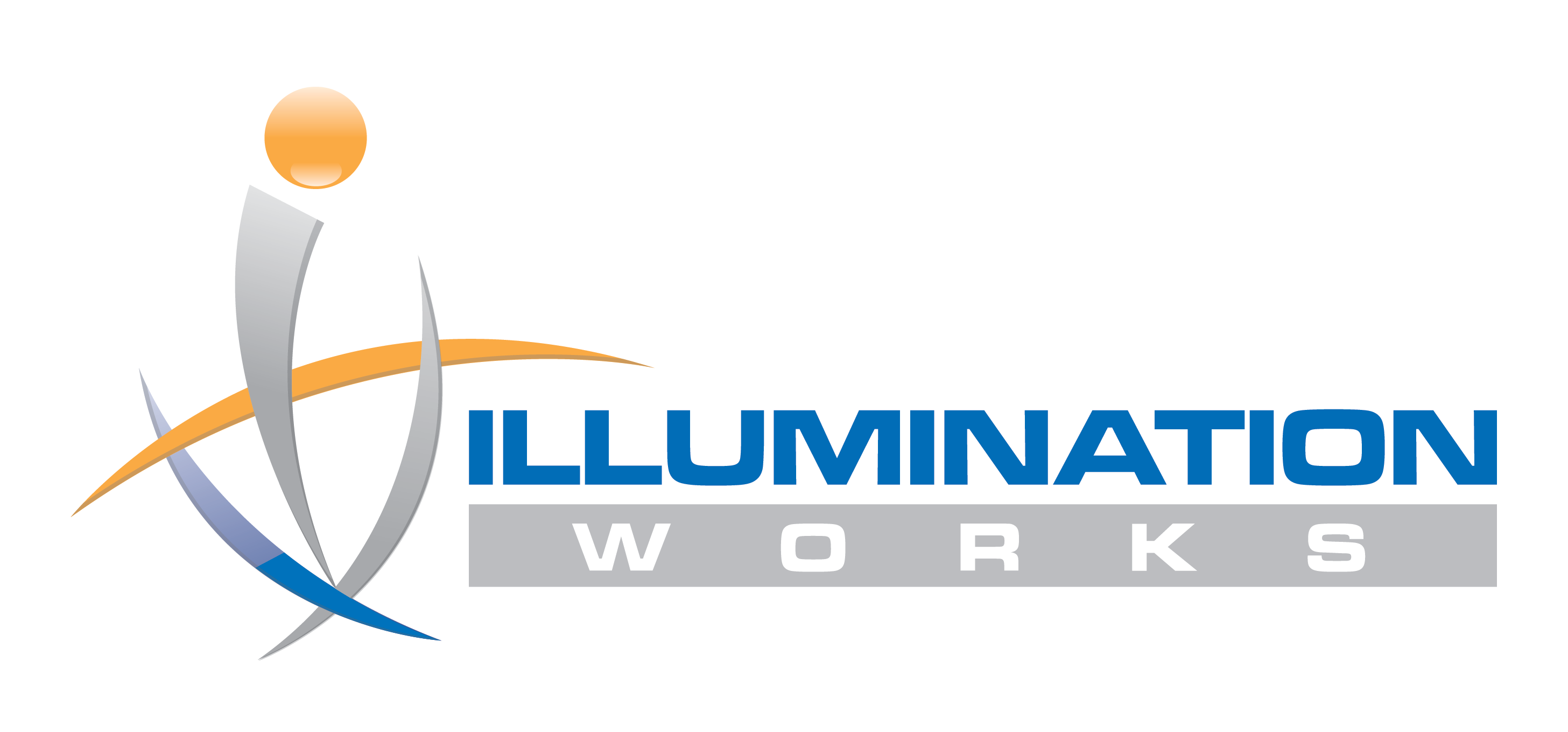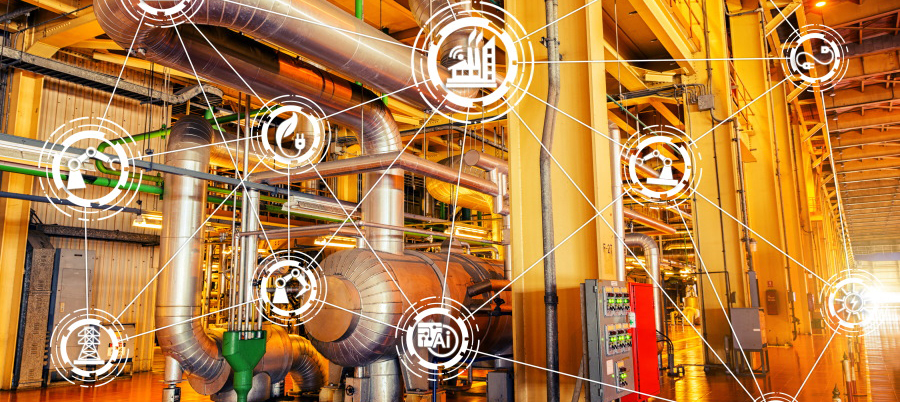A successful industrial internet of things (IIoT) implementation requires equal parts of strategy and technology. In addition, allotting enough time upfront for planning is essential and mandatory.
Projects must be planned to reflect business opportunities and requirements with an IIoT platform strategy to justify scaled growth. There are 6 capabilities an IIoT architecture must have to be successful.
1. Standardized Connectivity Across Machines
An IIoT platform offering standardized connectivity across machines substantially simplifies the process enabling a focus on IoT architectures and solutions to deliver maximum value. A true enterprise IIoT platform will also bridge the gap that often separates IT (information technology) and OT (operational technology, e.g. machines) data, allowing for workflows and solutions that span the entire organization—from engineering and production, to sales, fulfillment, and service. ThingWorx’s native abstraction easily enables this standardized connectivity.
2. Drag and Drop, Low-Code Environment
An IIoT platform must offer an environment that reduces the technical expertise needed to build applications. Drag-and-drop, low-code environments and pre-built applications allow manufacturers to quickly connect assets and jump-start IIoT solutions with immediate value. True IIoT platforms will also allow advanced developers to build and integrate more customized applications. Utilizing Javascript snippets within ThingWorx and allowing for custom coding, empowers the end-user with this drag and drop, low-code environment that will be successful.
3. Role-Based Dashboards
An IIoT platform must enable a robust level of management for different roles and responsibilities—from controls engineers and factory managers, to DevOps and service technicians. Role-based dashboards empower individuals with real-time visibility and controls to respond quickly. This is why it is essential to plan for all the roles who will be using the system and focusing the data needs to the individual. This decentralized approach of application design is better and avoids cumbersome and monolithic dashboards that may overwhelm the end user.
4. Strong Analytics Capabilities
An IIoT architecture must have the ability to provide meaningful data and insights. With volumes of data, analytics are instrumental to extracting meaningful data and performing data-driven trend analysis. With predictive analytics, manufacturers can act proactively to manage both operations and maintenance. These abilities in turn unlock a reduction in waste and scrap, increase available uptime, and prevent unplanned downtime. ThingWorx’s integrated analytics complements this need well.
5. Critical Thinking and Frontline Action (Human in the Loop)
For all of the automation and analytics that are performed, humans are ultimately called upon to supply critical thinking and frontline action. IIoT platforms must provide tools to author role-based views and controls. This can be done through building dashboards and applications that can be accessed from the shop floor to the top floor. With the ThingWorx role-based application design approach, sophisticated semi-autonomous systems can be designed while still allowing for human intervention at critical points.
6. Integration with Augmented Reality
Industrial augmented reality (AR) is already transforming manufacturing and service with the ability to overlay step-by-step instructions and guidance onto physical equipment in the plant and on the field. True enterprise IIoT platforms provide seamless support for AR solutions, powering these augmented views with real-time performance and status data to further empower frontline workers.
Not all IIoT platforms are the same. Many platforms emphasize some of these capabilities over others, with only a select few addressing this full range of functionality.
Wrap Up
IIoT platforms are also a non-trivial investment; their success can determine the pace and direction of an IIoT strategy for years to come. The right choice can provide millions of dollars in bottom-line savings and top-line growth; a poor choice can result in stalled pilots and scrapped plans. Regardless of your eventual industrial IoT architecture and solution model, you should begin by evaluating respective IIoT platforms against your organization’s challenges, infrastructure, and projects that will deliver rapid and sustained value.

About the Author
Don Cavin is a ThingWorx Consultant at Illumination Works specializing in augmented reality and internet of things technologies leveraging the PTC product suite, including Thingworx (IoT), Vuforia Studio for Virtual Reality/Augmented Reality, and Training Videos using Vuforia Expert Capture.
This article was created in collaboration with our technology partner PTC. To learn more about transitioning to an IIoT architecture, contact us at sales@ilwllc.com.

